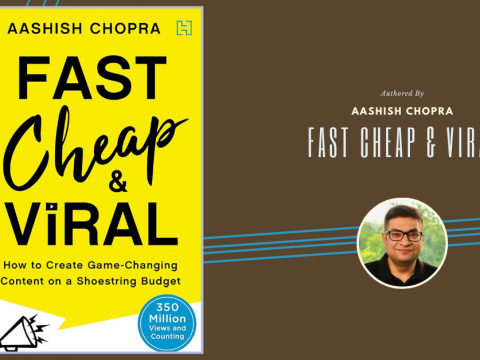- Have any questions?
- [email protected]
Harnessing the Power of Choice Architecture: A Deep Dive into “Nudge” by Cass R. Thaler and Richard H. Sunstein

🔍Zithara.AI: Transforming Retail with AI-Driven Customer Engagement
May 30, 2025
The Disruptor Series: Zoca — Empowering Local Service Businesses with Agentic AI
June 6, 2025“Nudge: Improving Decisions About Health” by Cass R. Thaler and Richard H. Sunstein is a groundbreaking exploration of the concept of nudging – the practice of influencing behavior through subtle, positive reinforcement. In this comprehensive analysis, we will delve into the key concepts, strategies, and real-world applications presented in Thaler and Sunstein’s influential book, offering readers insights into how small changes can lead to significant improvements in health decision-making.
1. Understanding Choice Architecture:
Central to “Nudge” is the concept of choice architecture – the design of environments in which people make decisions. Thaler and Sunstein explore how subtle changes in the presentation of options can influence behavior, leading individuals to make healthier choices without restricting their freedom or autonomy.
2. The Power of Default Options:
The book examines the importance of default options in shaping decision-making. Thaler and Sunstein discuss how default settings can influence behavior by making certain choices more convenient or appealing, and explore how policymakers and organizations can leverage defaults to promote healthier behaviors such as saving for retirement or organ donation.
3. Nudging Towards Better Health:
“Nudge” delves into the application of nudging techniques to improve health decision-making. Thaler and Sunstein discuss how small changes in the way information is presented, incentives are structured, and choices are framed can encourage individuals to make healthier choices regarding diet, exercise, medication adherence, and preventive care.
4. Overcoming Cognitive Biases:
Thaler and Sunstein explore how nudges can help individuals overcome common cognitive biases and heuristics that can lead to suboptimal decision-making. They discuss strategies for addressing biases such as present bias, loss aversion, and status quo bias, empowering individuals to make choices that align with their long-term health goals.
5. Ethical Considerations and Policy Implications:
Throughout the book, Thaler and Sunstein consider the ethical implications of nudging and discuss the role of policymakers, governments, and organizations in implementing nudging strategies responsibly. They emphasize the importance of transparency, accountability, and respect for individual autonomy in designing and implementing nudges.
6. Real-World Applications and Case Studies:
“Nudge” provides numerous real-world examples and case studies to illustrate the effectiveness of nudging techniques in promoting healthier behaviors. Thaler and Sunstein share success stories from fields such as public health, finance, education, and environmental conservation, demonstrating the wide-ranging impact of nudging on decision-making and behavior.
“Nudge: Improving Decisions About Health” by Cass R. Thaler and Richard H. Sunstein offers a compelling argument for the power of nudging to promote healthier decision-making. Through its exploration of choice architecture, default options, cognitive biases, and ethical considerations, the book provides readers with valuable insights into how small changes can lead to significant improvements in health outcomes.





